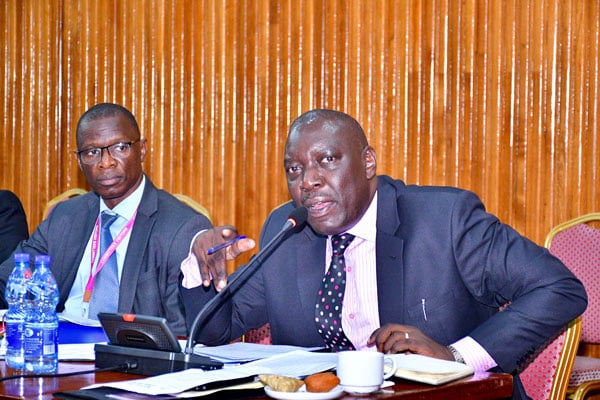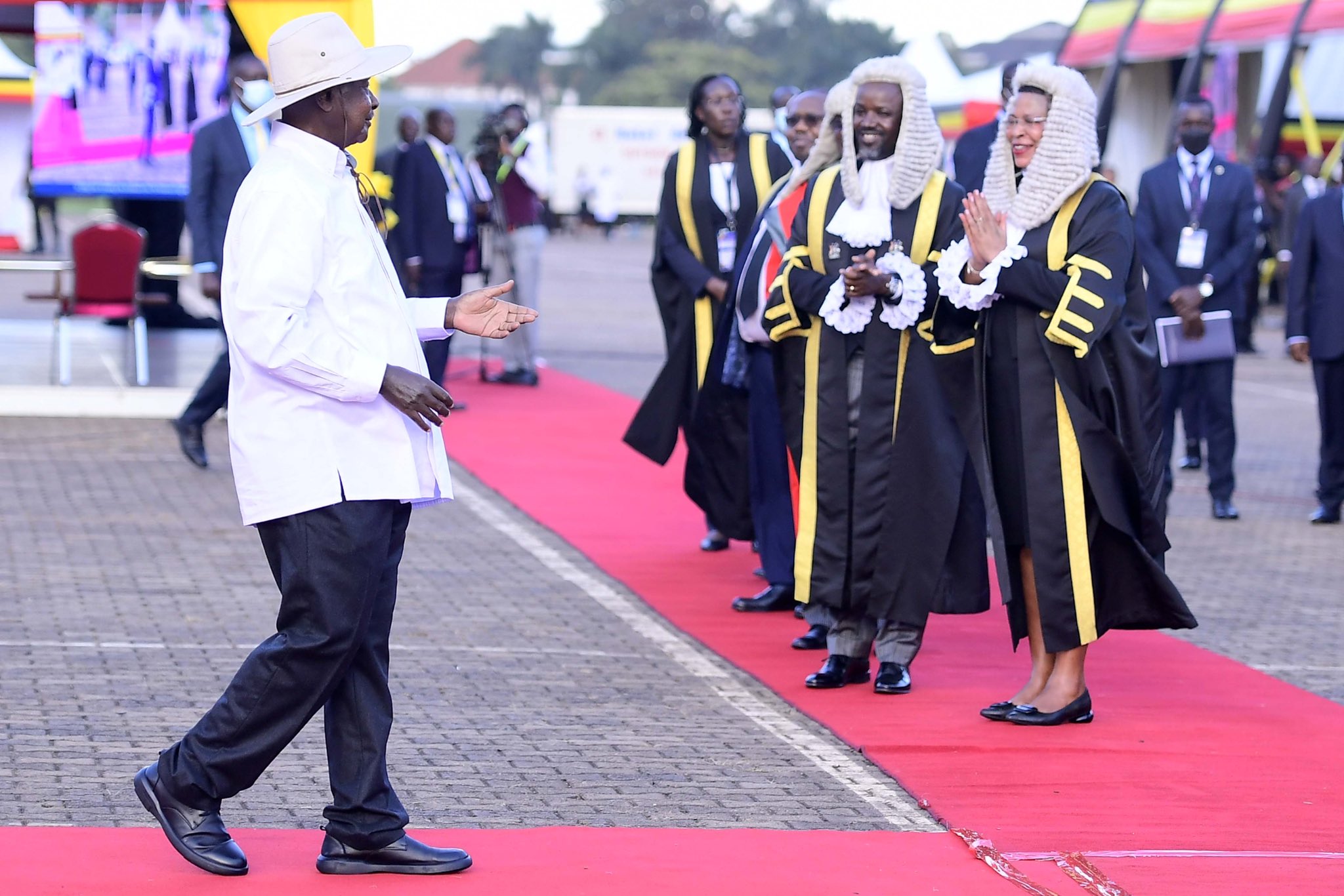Conflation of scholarships, student loans

The interface between the higher education students financing board (HESFB) and COCASE revealed a glaring anomaly, the conflation of government scholarships and students’ loans provided for under the Higher Education Students Act, 2014.
When the members of the committee highlighted the glaring regional imbalance in the numbers and their focus on economics and science courses at the expense of humanities, the executive director was quick to justify this by saying their focus on science and economics courses was guided by the presidential directive and the NDP.
I decided to download the Act and see what it actually provided for. The director’s answer turned out to be a half truth, masking the true provisions.
The Act provides for two sets of higher education financing, that is; students loans, which cover tuition fees, functional fees, research expenses, Aids and appliances for persons with disabilities.
These are open to all Ugandan students pursuing any post-secondary education accredited course in all institutions of higher learning recognised by the National council of Higher education.
The second type of financing that the board dispenses is government scholarships, which are awarded to students with no expectation of paying back. The scholarships cover tuition fees, functional fees, books/reading materials, accommodation, meals and research fees. The board for purposes ensuring transparency and accountability has to publish those benefiting from both the scholarships and the loan schemes in the newspapers and the gazette. What is clear is that the Act addresses both humanities and science students.
However, the Act gives the minister and the board powers to determine government scholarships beneficiaries and the courses to be pursued by those applying for government scholarships. The act goes on to say that courses under government scholarship funding shall be deemed critical to national and economic development and those specified by the National Development Plan (NDP).
This is not for the other funding, the student loan under section 16 of the act.
To guard against imbalances, the Act clearly sets parameters to guide selection of beneficiaries such as regional balance, gender, socio economic needs and equity.
Furthermore, to create awareness on the scheme and support all Ugandans access these loans, the board is mandated to put notices inviting applications in at least two newspapers with wide national coverage.
One could argue for extension of these notices to include other regional publications like rupiny.
In these notices it has to declare courses and programmes to be applied for each year, meaning courses could actually change according to what is deemed of national importance. The above means the act does not explicitly name science courses as the director implied in his reply, but what is considered of national importance, for example the fight against corruption, mind set change to name but a few.
In continuing to restrict student loan scheme beneficiaries to science and economic courses, the board is acting outside what the act provides for and committing an injustice to those who are not doing science and economics courses. This is even more unjust when you consider the number of students struggling to raise school fees on their own, yet there is an opportunity open to them but is closed to them because of legal & policy interpretation dissonance.
Likewise in awarding the student loans, the board has only focused on one key parameter of economic social needs and left out the three on regional balance, gender and equity. The above actions of the board are leaving certain regions like Karamoja, west Nile and Acholi hardly having any beneficiaries. This is exacerbating both regional and gender imbalances in this country.
I urge COCASE to go even further by breaking down those unequal regional numbers, say for the last three years. They are likely to find that the number of females getting those loans and worse the number of people with disabilities is also very low.
Of urgent concern now are the issues of correcting this conflation (deliberate or otherwise!), with the board being directed to separate these two types of student financing to accurately reflect what the act provides for under section 16 and 18. This will widen the courses to include humanities and Arts in Education which are currently absent in the courses listed in the website.
The board should also publish the beneficiaries annually on the website, this is public information and the Act mandates them to do this. We the citizens who pay taxes can see where the resources are going and why.
Lastly the board should review their eligibility criteria and ensure all the four parameters are taken into consideration when selection, advertising and beneficiary engagements are being undertaken, even for the scholarships which are non-refundable.
This way the scheme actually plays the role for which it was set up, which was to provide loans to Ugandan students seeking to pursue higher education, regardless of whether it is in science or Arts and Humanities.
Lozirah Caroline Abilat- Kumi.




